I don’t often have the chance to revisit games with a completely fresh mindset or pair of eyes. That’s largely on me, as I just so happen to be a notorious replayer of games, to the point where I have a habit of ruining old favourites of mine due to overexposure; I’ve probably forgotten more about Super Mario Bros. 3 and Super Mario World than most people will ever know to begin with, and don’t get me started on my 1,000+ hours of Elden Ring across half a dozen or so different characters. I don’t know if it’s just ingrained behaviour from a childhood spent loving games but without the disposable income to sink into new games very often, but either way, if I played a game for the first time 20+ years ago, there’s a pretty high chance I’ve already revisited and re-evaluated it as an adult. Probably multiple times, if it’s good.
A game from my teenage years that I haven’t had that opportunity with up until now is RunMan: Race Around the World. Released as freeware back in 2009, it became a staple across the laptops of most of my friends back then. Employing a visual aesthetic that looks like it was drawn in MS Paint and a royalty-free, largely bluegrass and jazz soundtrack, the game somehow ended up feeling downright punk, a kind of harkening back to spreading games around your school’s playground via illicit floppy disks. RunMan felt truly indie in a way that a lot of game releases back then didn’t, and that feeling is magnified multiple times over in 2024. Don’t conflate “truly indie” for a lack of polish in this case, though. While RunMan knows exactly what it is aesthetically and even downright revels in it, from a gameplay perspective it’s both as polished and as fun as any more modern, side-scrolling time attack game that you can find. Across 6 worlds, each with five stages and a boss fight, you’ll be running, jumping, bouncing on walls, launching yourself off of springs, skipping across balloons, and crashing through walls as fast as you can, all while trying to maintain both your speed meter and rack-up points. It’s deceptively simple, especially in the first world where I was able to pretty easily blast through and accrue a decent amount of gold and silver medals without much effort (though I concede that some of this might be down to my mutant 18-year-old muscle memory that played and replayed the first set of stages over and over again, awakening something in me). Past that first world, though, you’ll find some truly challenging levels to post a decent score and get any medals in. I was lucky to score a bronze on basically any level post-World 3 despite repeated attempts.
While that may sound frustrating to some, you don’t need to engage with any kind of time attack attempts to sit through and just have a nice afternoon playing through a pleasant and cute 2-D platformer; there are no lives to speak of, the worst punishment outside of boss fights being a time loss or a deduction to your score, usually as a consequence of falling down a pit or taking “damage” from an enemy or obstacle. The game also has an option to disable damage from bosses, which was even turned on by default in my pre-release version, a decision that I assume is meant to cut any potential frustration down to an absolute minimum. Having the foresight to enable that by default speaks to a certain level of attention paid to both the game and its potential audience, I think—in a game the punished by a sudden difficulty spike in the form of a boss fight? And if a time-attack-focused game is something that’s up your alley, you’re not going to need to make another purchase for a while after Runman. While your verb set doesn’t extend much beyond running, jumping, or wall bounces and dives (with the occasional paragliding section thrown in for good measure), these mechanics get explored pretty thoroughly across the game’s six worlds, especially when coupled with all the different environmental hazards you’ll run across. I was generally never taking longer than 40 seconds to get through any level once I had my bearings and a general route down, so the thrill of the gameplay comes from your ability to efficiently execute at a pretty breakneck pace.
This simplicity lends itself extremely well to time-attack games, I feel. Speaking as someone that started playing through the acclaimed Pizza Tower right before sitting down to review RunMan, I find the amount of movement possibilities found in the former, coupled with its stickier-feeling protagonist, to feel downright overwhelming at times. There’s something to be said for a game like this that allows me to primarily concern myself with choosing the route I want to take through a level while still providing me with enough freedom in my movement to improvise when need be, as opposed to wrestling with a level of precision in the controls that my 34-year-old fingers and brain aren’t quite as capable of doing anymore.
Also on offer are a cast of unlockable characters that you obtain through the acquisition of medals, each with a surprising amount of differences to them. RunMan himself remains the fastest of them all, but each character has its own trait to make up for their lack of speed, such as a double jump or gaining a short burst of speed whenever an enemy is defeated. My personal favourite was Stumblor, a hulking blue cyclops that takes up a significant amount of the screen real estate and is described as having “ridiculous jumps” and “the ability to crush enemies with zero effort.” I was never quite able to make him work the way I was hoping in the late game levels, but that didn’t stop me from having fun trying along the way. And I can’t think of a better summation for my time with RunMan as a whole than that.
As I’ve gotten older, I’ve become very grateful for how contemplative I’ve become about the art I engage with. Being able to play RunMan: Race Around the World as a critic in 2024 as opposed to a dirtbag teenager installing free games on my friend’s college laptops in 2009 really opened my eyes to just how thoughtfully designed it is as a time attack experience. There aren’t many better feelings in the world than revisiting something you enjoyed in your youth as a curiosity, only to find that it surpassed your expectations in adulthood. And despite RunMan being a wholly unfiltered look at what independently developed games looked like 15 years ago, it stood the test of time beautifully.
Release date:
October 1st, 2024
Platforms:
PC
Price:
£7.50
Version tested: PC
Many thanks to the publisher for the review copy.
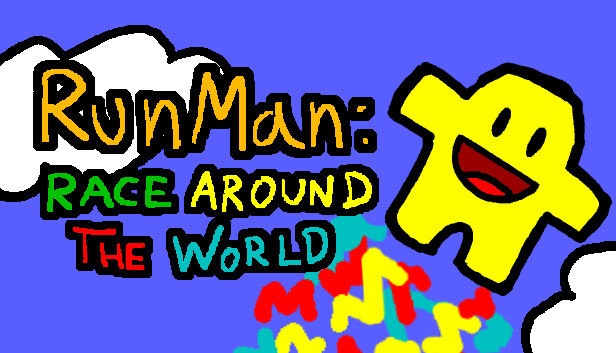
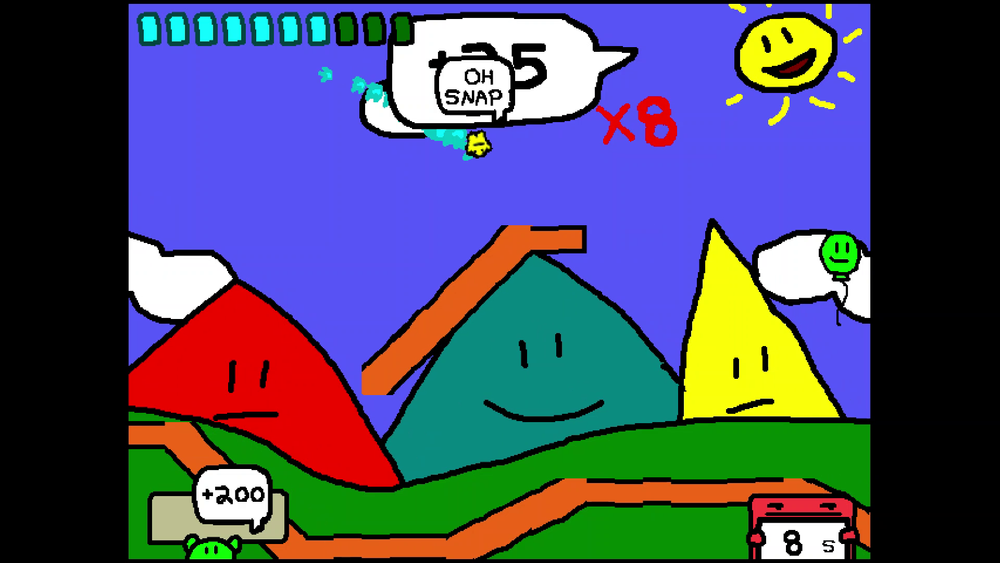
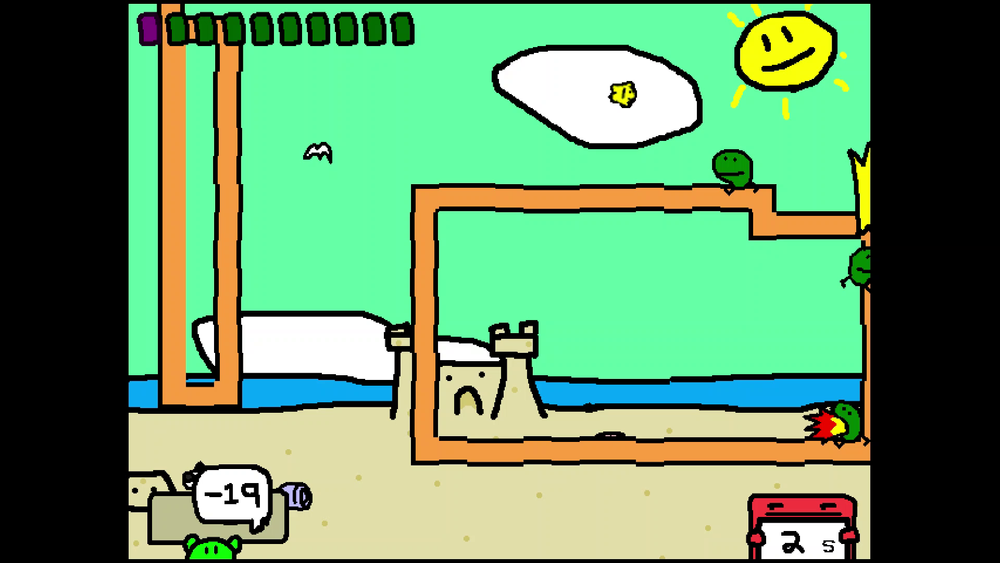
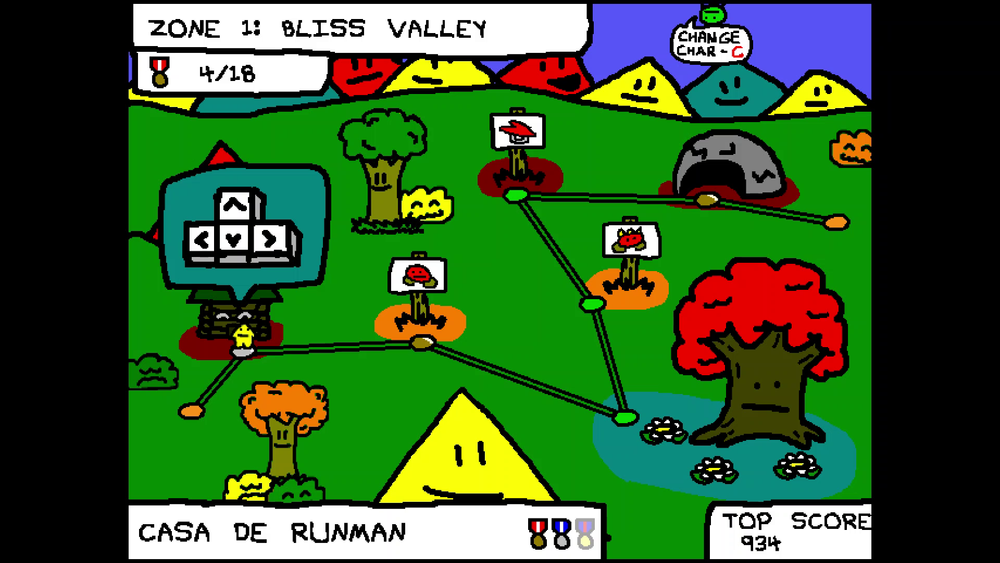
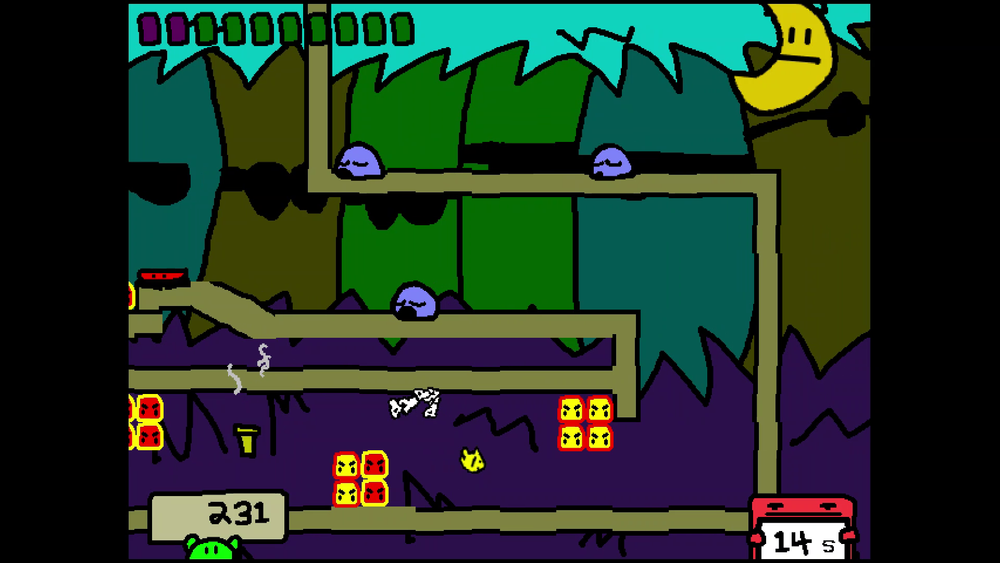
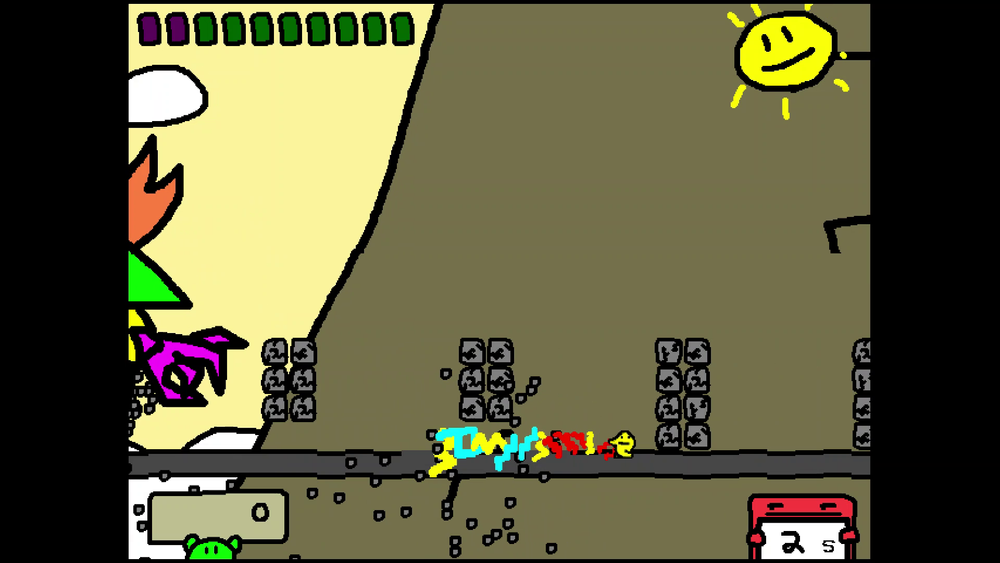
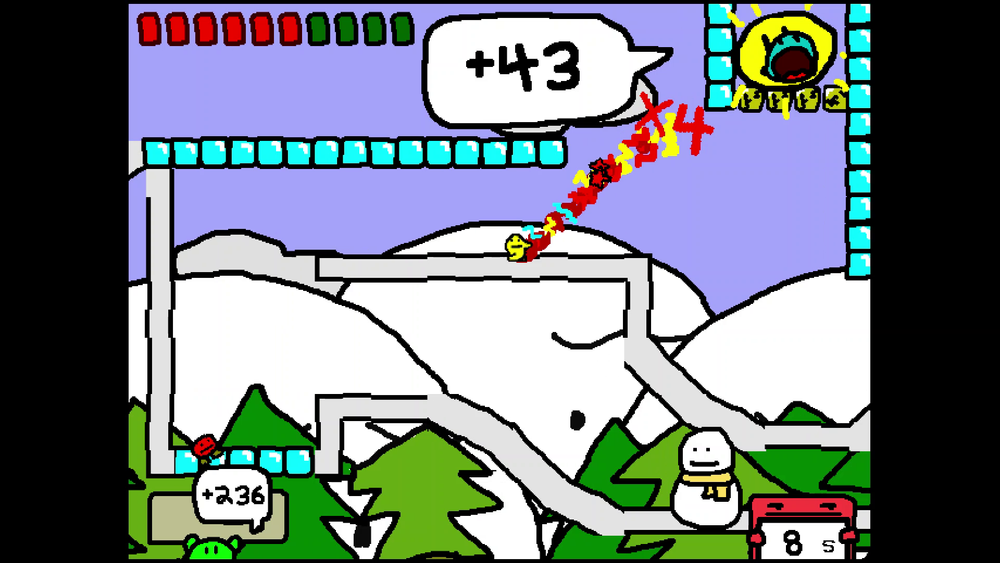
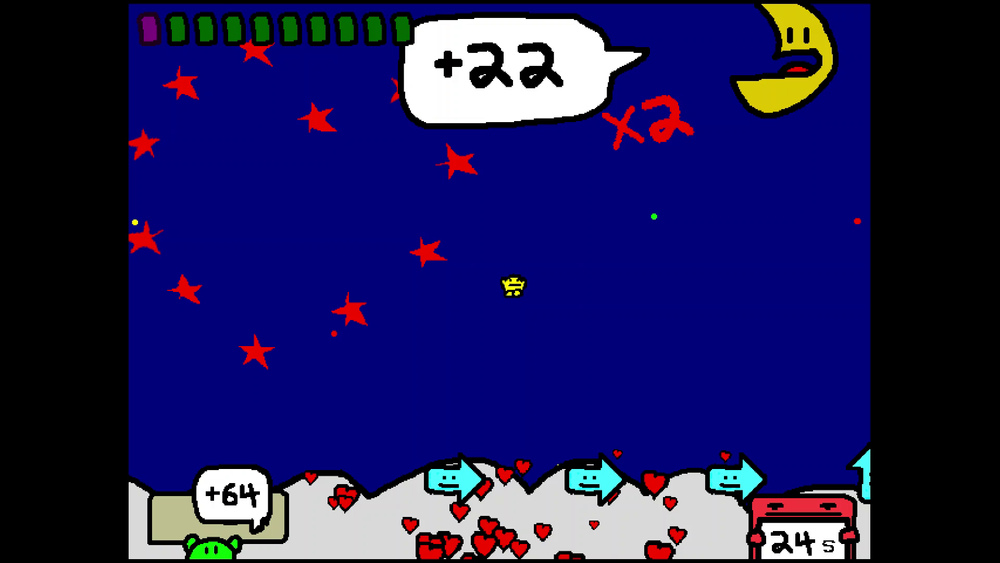
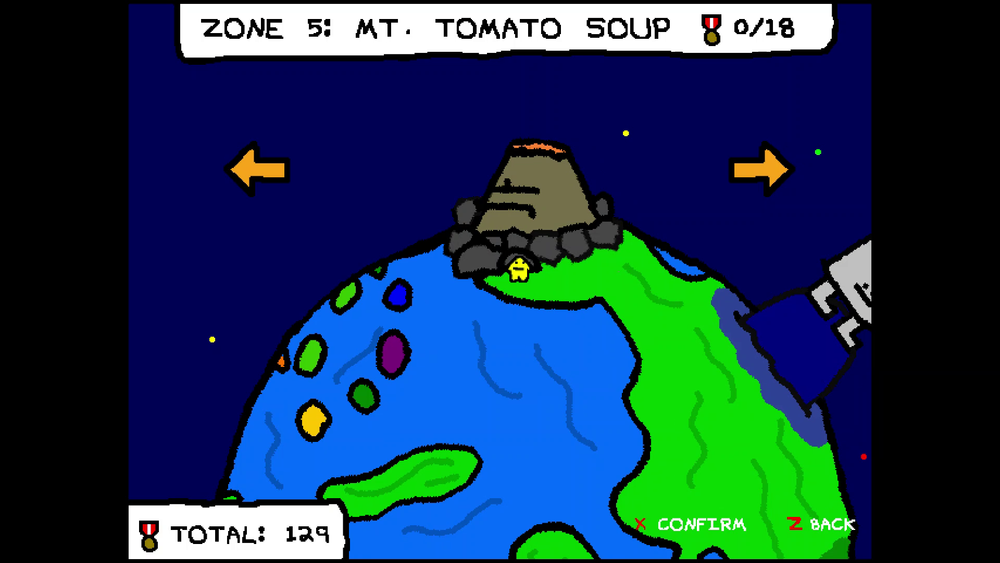
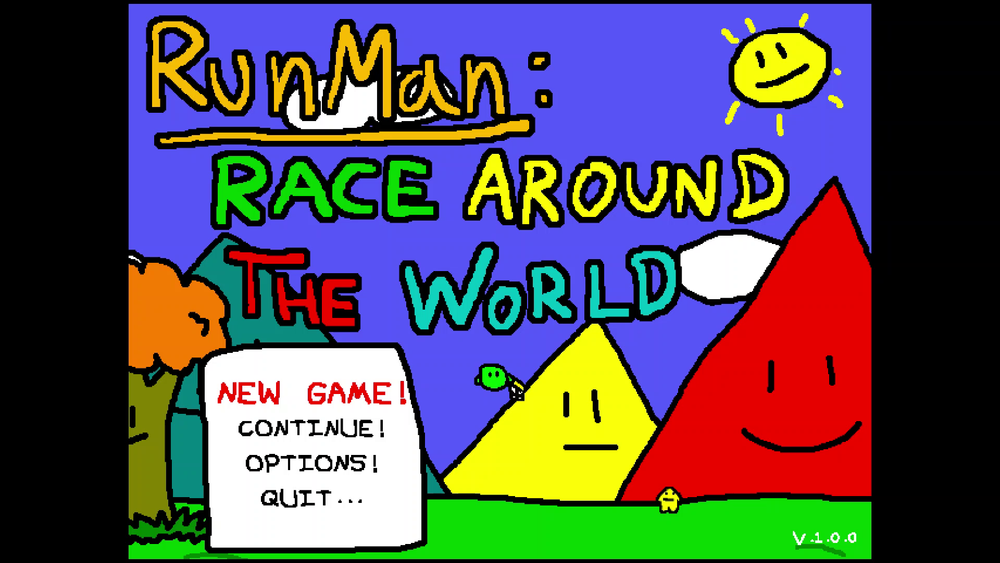
Comments
⚠️ Comments for this post are closed ⚠️